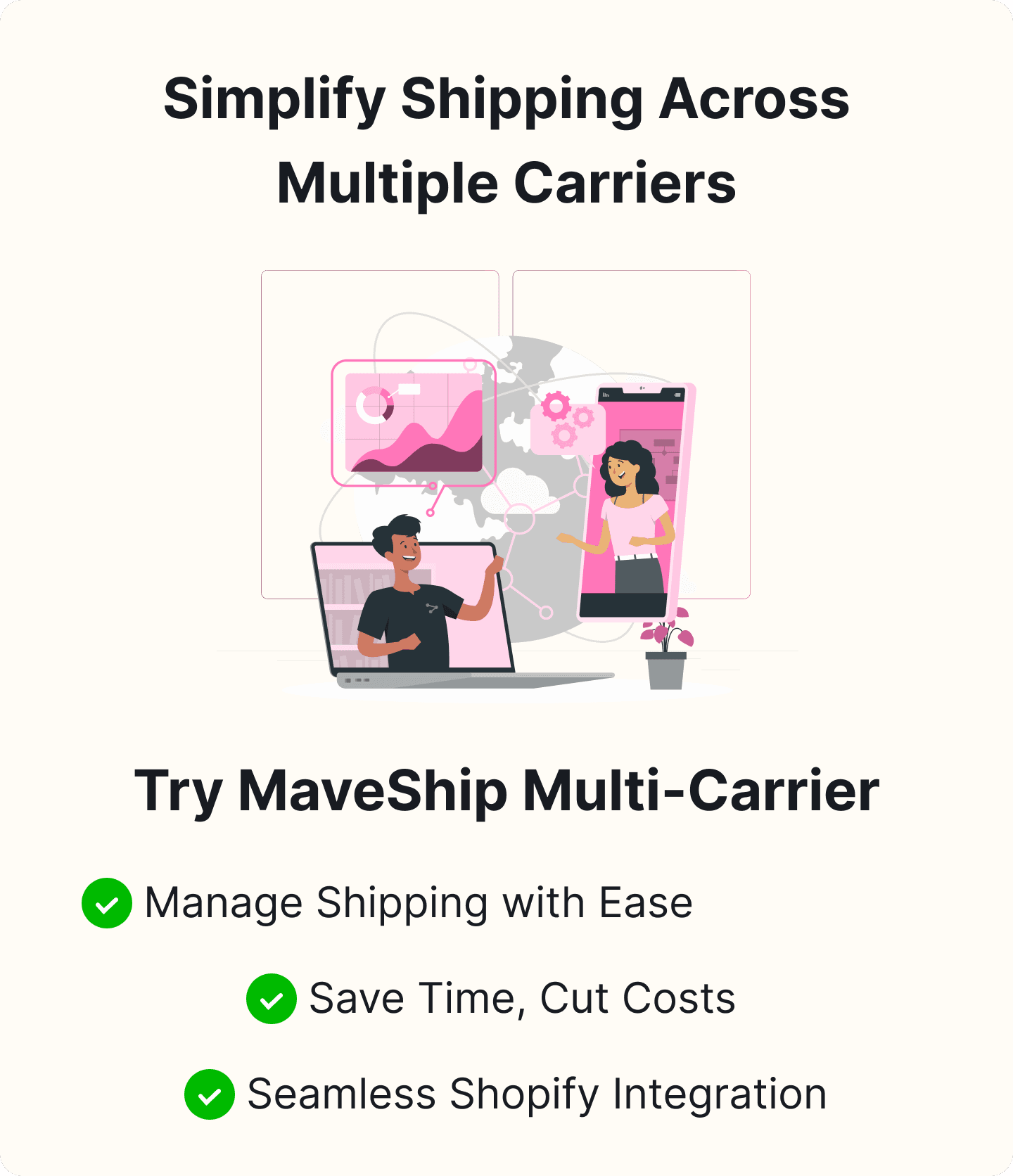The Ultimate Guide to Shopify Shipping with UPS in the United States
Table of Content

For Shopify merchants, shipping isn't just about getting products from point A to point B; it's about ensuring customer satisfaction, optimizing costs, and maintaining a seamless workflow. Shopify Shipping is a comprehensive solution for e-commerce merchants using Shopify to manage their shipping needs. It allows store owners to streamline their shipping process by integrating directly with major carriers, offering competitive shipping rates, and providing easy-to-use tools for label printing, tracking, and order management, including the use of a multi-carrier shipping label app for Shopify.
UPS (United Parcel Service) is one of the leading global shipping carriers, known for its reliable and extensive network. As a shipping carrier on Shopify, UPS offers robust domestic and international shipping capabilities, making it perfect for store owners looking to expand their reach.
Benefits of Using UPS for Shipping on Shopify in the USA
We'll explore the key benefits of using UPS for shipping on Shopify in the USA, highlighting how it can enhance your e-commerce business.
Domestic and International Shipping Capabilities
UPS provides comprehensive shipping solutions for both domestic and international destinations. This enables Shopify merchants to effortlessly cater to a global customer base. With UPS's extensive network and reliable services, merchants can ensure that their products reach customers worldwide promptly and efficiently. Whether shipping across the country or to the other side of the globe, UPS's robust infrastructure supports smooth and dependable deliveries, helping businesses expand their reach without compromising delivery standards.
Shipping Rates and Discounts
One of the major benefits of using UPS on Shopify is access to discounted shipping rates. Through Shopify's partnership with UPS, merchants can benefit from reduced shipping costs, which can significantly impact their bottom line. These discounts make your store more competitive or contribute to higher profit margins. Lower shipping costs can also encourage customers to make larger purchases or increase their order frequency, boosting your store's overall revenue.
Integration with Shopify's Shipping Features
UPS seamlessly integrates with Shopify's shipping features, providing a cohesive, streamlined shipping experience. Here are some of the key integration features:

- Automated Shipping Calculations:
UPS integration allows for real-time shipping rate calculations at checkout. Customers can see accurate shipping costs based on location and selected shipping method, reducing cart abandonment due to unexpected shipping fees.
- Label Printing:
Merchants can print shipping labels directly from the Shopify admin panel, eliminating the need for manual entries, saving time, minimizing errors, and ensuring that packages are correctly labelled and ready for dispatch.
- Real-Time Tracking Information:
UPS integration enables real-time tracking updates for customers. Once an order is shipped, customers can easily track their package's journey from your store to their doorstep. Transparency always builds trust and improves customer experience, as they feel more informed and confident about their purchase.
- Shipping Zones and Rates Customization:
Shopify allows merchants to create custom shipping zones and rates. With UPS integration, you can tailor your shipping options to different regions, offering specific shipping methods and rates based on geographic location. This flexibility ensures you can provide the best shipping options for various customer segments.
- Order Management:
UPS integration makes order management more efficient. Merchants can handle multiple orders simultaneously, batch print labels, and manage returns seamlessly, reducing the time spent on shipping-related tasks.
By leveraging these features, Shopify merchants can optimize their shipping processes, reduce operational overhead, and enhance the overall customer experience. The seamless integration of UPS with Shopify's shipping features empowers businesses to scale efficiently and focus on growth, knowing that their shipping operations are in capable hands with Appracadabra.
How to Integrate UPS with Your Shopify Store
Integrating UPS with your Shopify store can significantly streamline your shipping process, providing your customers with reliable delivery options and accurate shipping rates. Here's a step-by-step guide to help you add a UPS account to your Shopify store and configure it for optimal use.
Step 1: Adding a UPS Account to Your Shopify Store
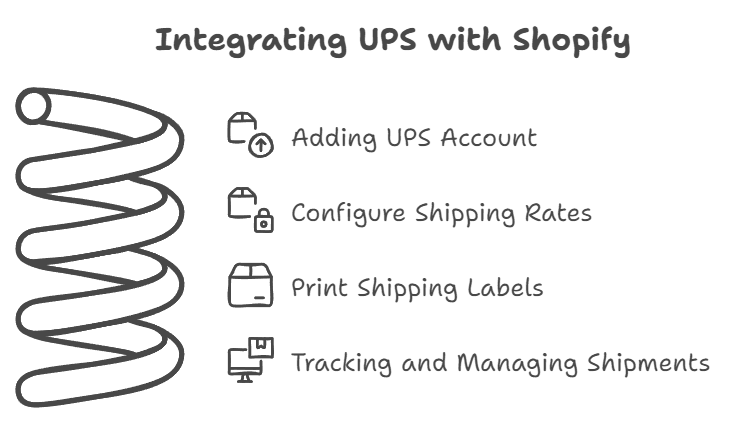
- Log into Your Shopify Admin:
Start by logging into your Shopify admin panel using your credentials.
- Navigate to Shipping Settings:
In the Shopify admin panel, go to 'Settings' and click 'Shipping and Delivery.
- Add Carrier Accounts:
Scroll down to the 'Carrier accounts' section. If you don't see this option, ensure you are on the Shopify Advanced or Shopify Plus plan, as carrier-calculated shipping is only available on these plans.
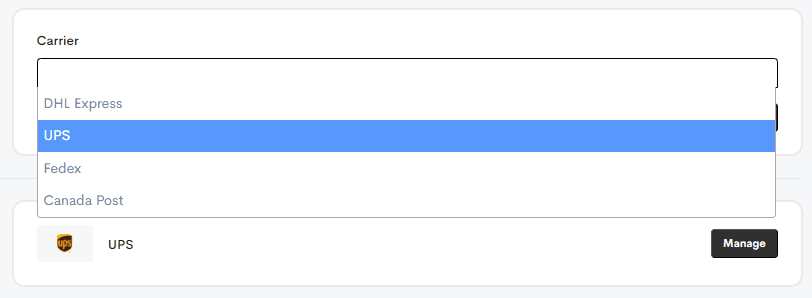
- Add UPS Account:
Click on 'Manage carriers and fulfillment services,' then 'Add carrier account.' Select 'UPS' from the list of available carriers.
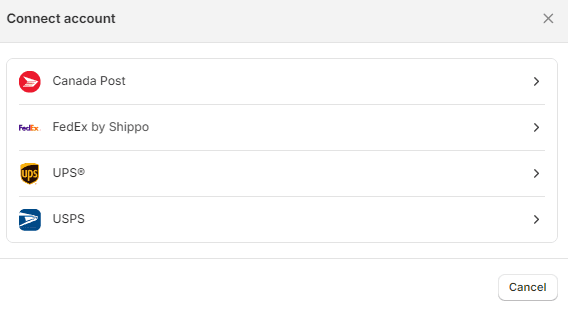
- Connect Your UPS Account:
Follow the prompts to enter your UPS account details. If you don't have a UPS account, you can create one during this process. Make sure to provide accurate information to ensure a seamless connection.
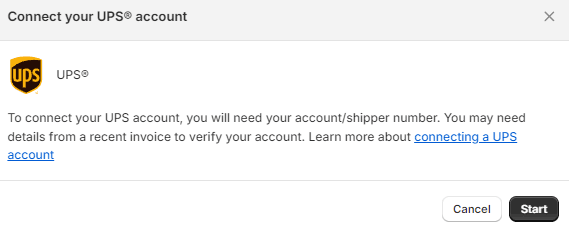
- Authentication:
Shopify will authenticate your UPS account by sending a verification email. Follow the instructions in the email to confirm the connection.
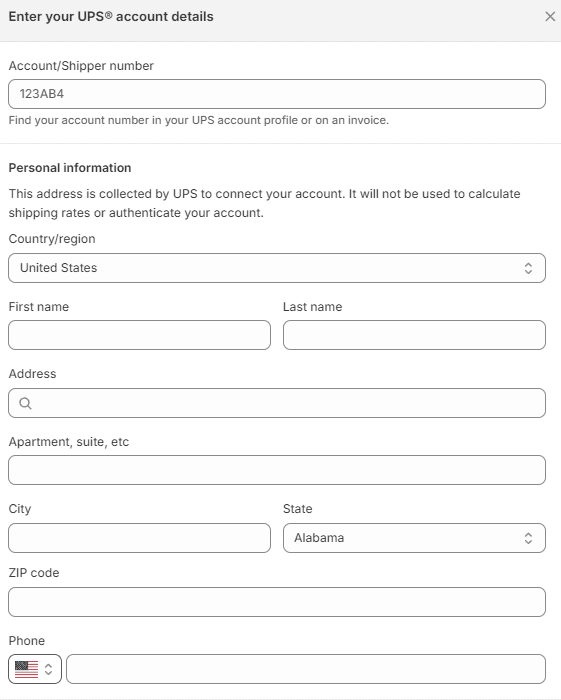
Step 2: Configure UPS Shipping Rates
- Set Up Shipping Zones:
To define your shipping zones, go to Settings> Shipping and Delivery. Then click 'Manage Rates' next to the shipping profile you want to edit.
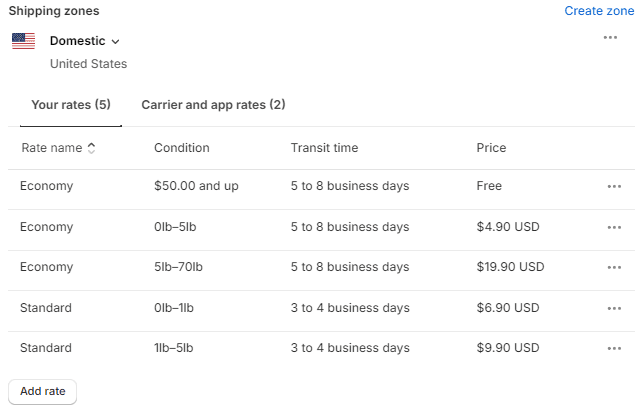
- Add UPS as a Shipping Method:
Within each shipping zone, click 'Add rate,' then 'Use carrier or app to calculate rates.' Choose 'UPS' from the list of carriers.
- Configure Shipping Services:
Select the UPS services you want to offer (e.g., UPS Ground, UPS 2nd Day Air, UPS Next Day Air). You can add multiple services to give your customers a range of shipping options.
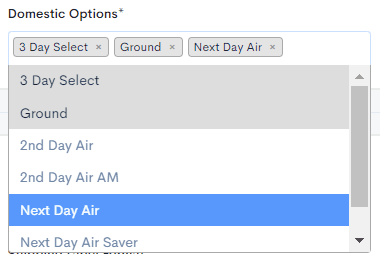
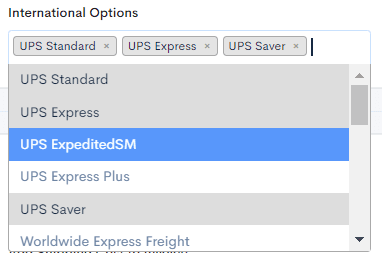
- Customize Handling Fees:
Add handling fees to cover packaging costs or additional service charges. Enter the amount in the 'Handling fee' section.
- Save Settings:
Once you've configured the shipping rates and services, click 'Save' to apply the changes.
Step 3: Print UPS Shipping Labels
- Create an Order:
When a customer places an order, go to the 'Orders' section in your Shopify admin panel.
- Fulfill the Order:
Click on the order you want to fulfill. Under the 'Unfulfilled' section, click 'Create shipping label.
- Select UPS as the Carrier:
Choose UPS from the list of available carriers. Shopify will automatically display the available UPS services based on the package details and the customer's location.
- Print the Shipping Label:
Confirm the shipping details and click 'Buy shipping label.' Now, you can print the UPS shipping label and attach it to your package.

Step 4: Tracking and Managing Shipments
- Automatic Tracking Updates:
Once the label is created, Shopify automatically updates the order status and emails tracking information to your customer.
- Manage Returns:
If you must return an item, you can generate a return shipping label through your UPS account and send it to the customer.
Additional Tips
- Insurance:
Consider adding insurance to your shipments, especially for high-value items.
- Address Validation:
Use Address Validation"> tools to reduce delivery errors and avoid additional UPS charges for incorrect addresses.
- Shipping Policies:
Communicate your shipping policies on your store's website to manage customer expectations regarding delivery times and costs.
By integrating UPS with your Shopify store, you can enhance your shipping efficiency, provide reliable delivery options to your customers, and maintain a smooth operation from order placement to delivery. This will ensure a seamless setup and allow you to take advantage of the benefits UPS offers for your e-commerce business.
How to Schedule UPS Pickups for Your Shopify Orders
We'll discuss how to efficiently schedule UPS pickups for your Shopify orders, ensuring timely delivery and improved logistics for your e-commerce business.
Scheduling UPS Pickups Through Shopify
To schedule a UPS pickup, go to your Shopify admin panel and navigate to Orders. Select those orders you want to ship and Create shipping labels. During the label creation process, you will have the option to schedule a UPS pickup.
Managing Pickup Requests and Logistics
Access the UPS pickup scheduling tool within Shopify to manage your pickup requests. Here, you can modify pickup times, track the status of your requests, and ensure that your shipments are collected as scheduled.
Managing UPS Claims on Shopify
We'll outline the steps for managing UPS claims on Shopify, helping you navigate the process and protect your business.
Submitting Shipping Claims for UPS Shipments in the USA
You can submit a shipping claim directly through Shopify if a shipment is lost or damaged. Go to Orders, select the affected order, and click File a Claim. Follow the instructions to provide the necessary documentation and submit your claim.
Process for Disputing Shipping Adjustments
In case of incorrect shipping adjustments, contact UPS customer service through your Shopify admin panel. Provide the shipment details and reason for the dispute. UPS will review and process your dispute accordingly.
Maximizing UPS Discounts on Shopify
We'll explore how to maximize UPS discounts on Shopify, ensuring you save on shipping costs while enhancing your e-commerce operations.
Leveraging UPS Discounts for Cost Savings
Shopify merchants can leverage UPS discounts by signing up for a UPS account through Shopify. These discounts help reduce shipping costs and provide an edge over competitors who may not have access to such savings.
Strategies for Optimizing UPS Shipping Costs
Optimize your UPS shipping costs by:
-
Using Shopify's shipping calculator to determine the most cost-effective shipping methods.
-
Offering free shipping on orders above a certain amount to encourage larger purchases.
-
Utilizing UPS's flat rate shipping options for predictable shipping costs.
Review and manage your shipping settings to reflect changes in shipping rates and policies.
Conclusion
Integrating UPS with Shopify offers numerous advantages for e-commerce merchants, including streamlined shipping processes, discounted rates, and enhanced customer satisfaction. The outlined steps and tips will help you manage your shipping operations, reduce costs, and provide reliable delivery options for your customers. Embrace the power of UPS and Shopify, including the use of a along with Appracadabra's multi-carrier shipping label app for Shopify, to take your online store to the next level, ensuring a seamless and cost-effective shipping experience that supports your business growth and success.

Thilak
Thilak is the Co-founder & COO at Appracadabra, helping businesses streamline their Shopify app management. His expertise in eCommerce and product development enables him to craft innovative tools that simplify operations and drive growth for online merchants.
